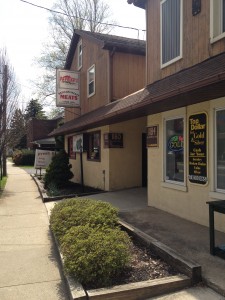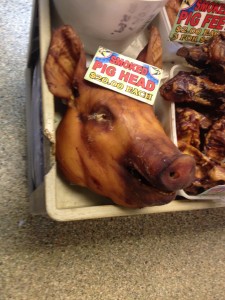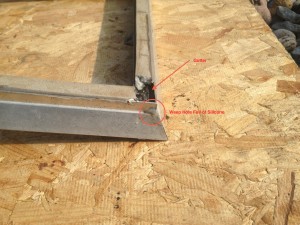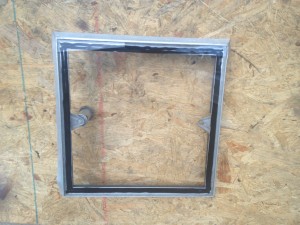A few weeks ago we met my parents in Somerset PA. Somerset is about half way between our home in New Jersey and where I grew up in Ohio. This makes it an ideal meeting place or stopover place. This time I booked a stay at the Glades Pike Inn so that we could all spend a little time together before my parents took John to Ohio and we returned to New Jersey.
On the first day we toured the Flight 93 Memorial. I didn’t expect to be affected much by the memorial, but I was surprised at the emotions that it stirred. I was choked up and close to breaking into tears the whole time we were there. I guess I had managed to repress some of those memories. The stories displayed on the placards brought them all back.
After having our fill of sad memories we headed back to Somerset for dinner. Along the way we saw signs showing that we were driving on the Lincoln Highway, the first highway to cross the country. The highway has a fascinating history. Now it’s hard to imagine that private investment was needed to connect local roads into a transcontinental highway. Of course you could travel across the country by train at that time, but the roads were not yet connected.
On the second day we took my parents to see Frank Lloyd Wright’s Falling Water. Angie and I had gone on the tour the previous winter. We had better weather for this visit. If you find yourself in the neighborhood and you have any appreciation at all for architecture, engineering, and construction, then I highly recommend a visit. As the docent explains on the tour, it’s a house that just couldn’t be built today. Modern regulations would prohibit the location of the house (directly over a valuable water supply) and many design elements (patio walls too low to prevent people from falling over). Well worth the price of admission to see this American icon.



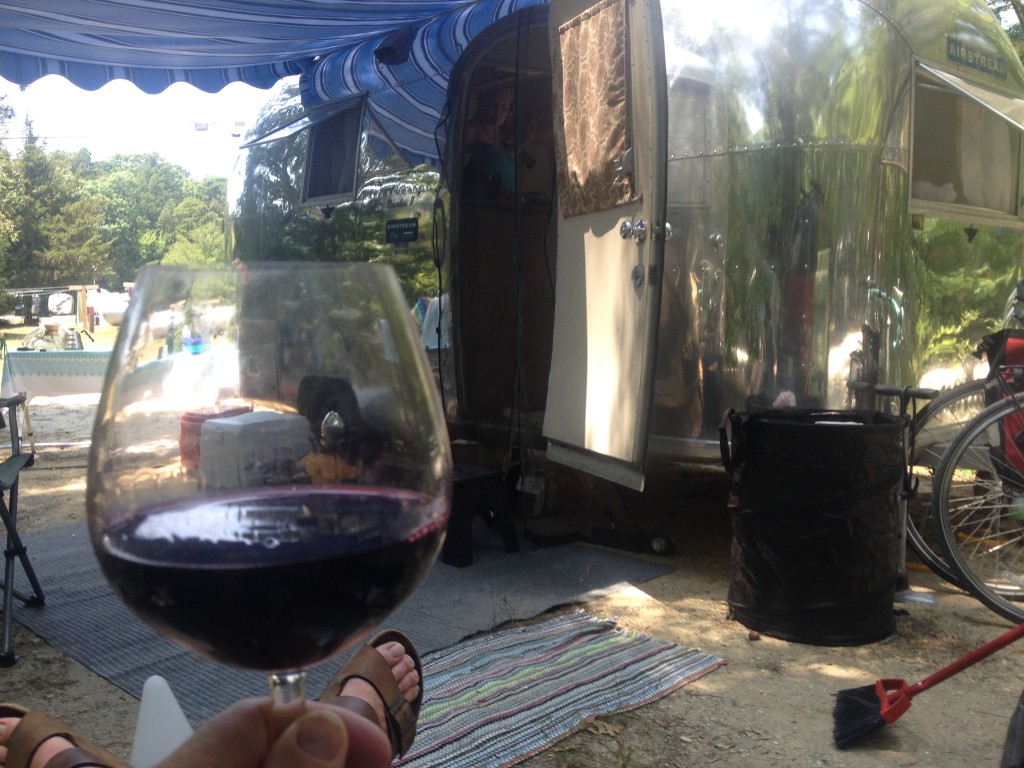 In the morning of our second day I took a 10 mile bike ride around the neighborhood. Along the route a man in a pickup truck pointed out this juvenile fox standing under a tree eating mulberries. The fox didn’t seem to have any problem dining as we watched from maybe 50 yards away.
In the morning of our second day I took a 10 mile bike ride around the neighborhood. Along the route a man in a pickup truck pointed out this juvenile fox standing under a tree eating mulberries. The fox didn’t seem to have any problem dining as we watched from maybe 50 yards away.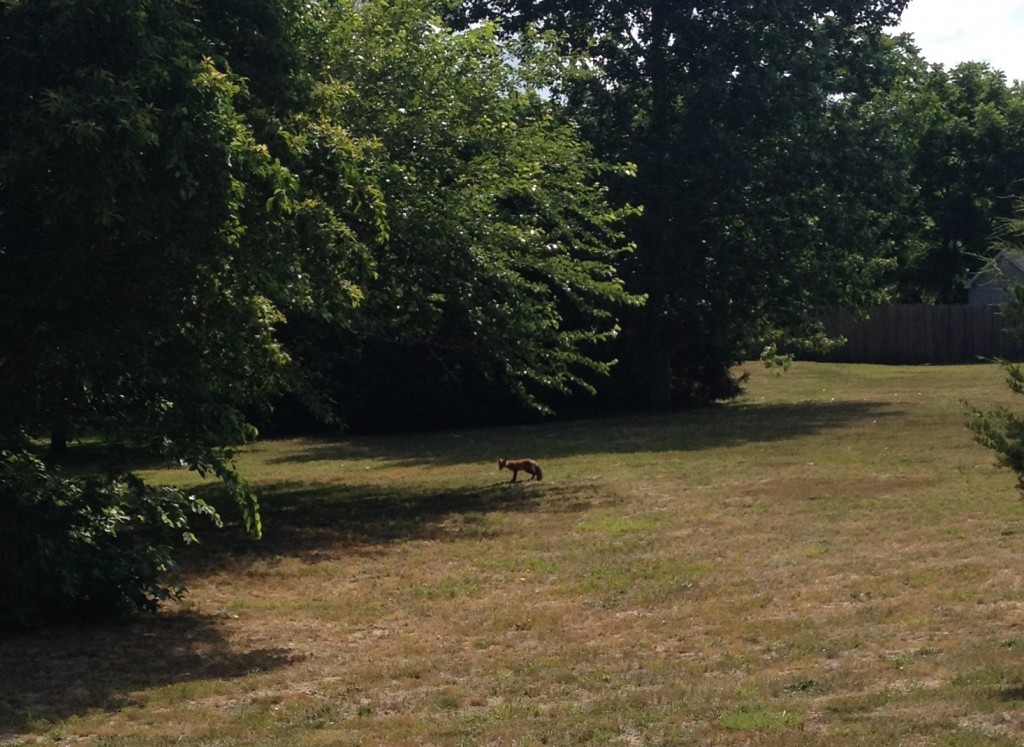
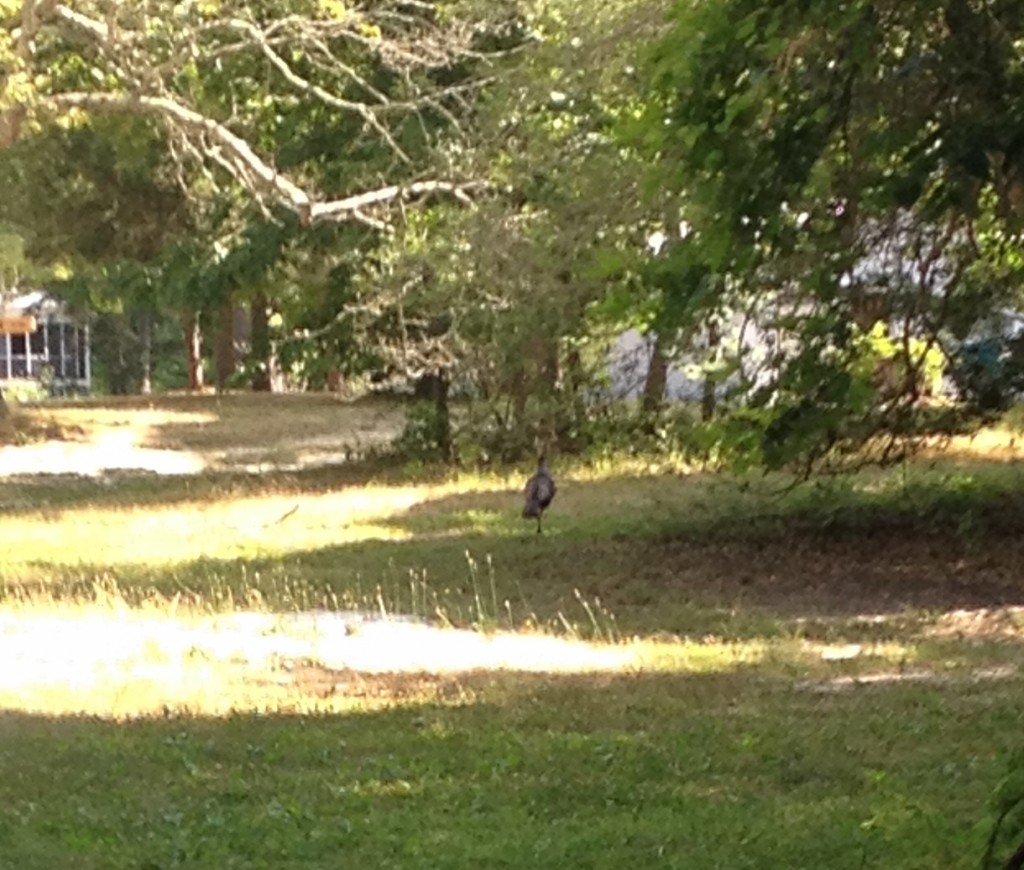
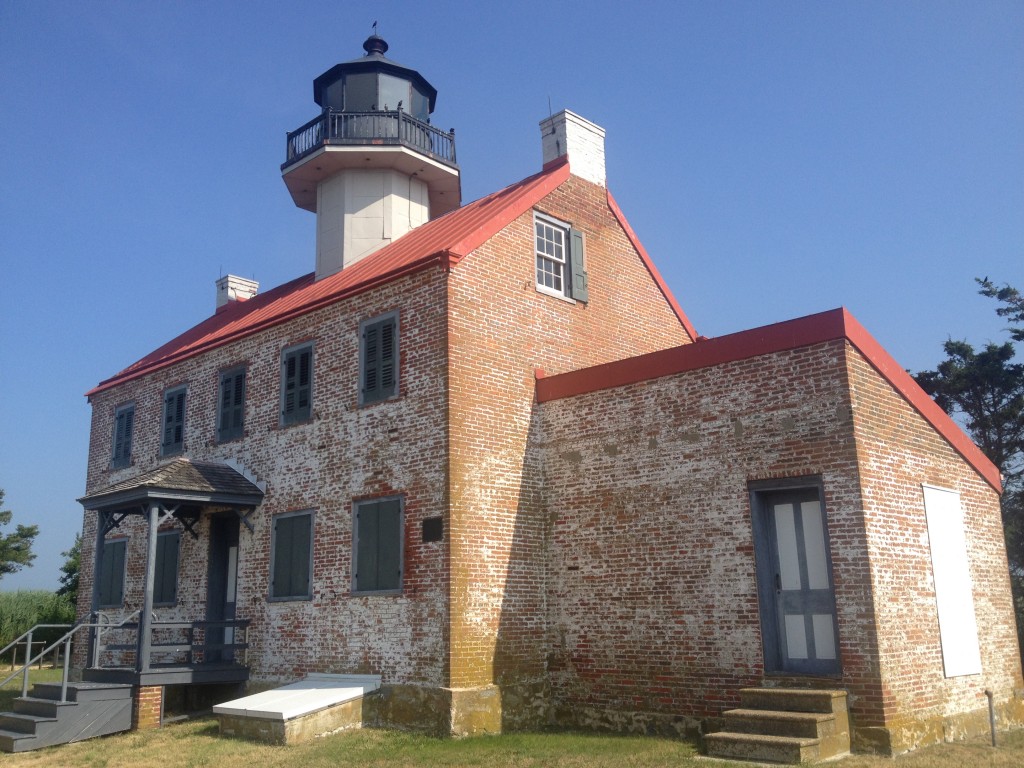

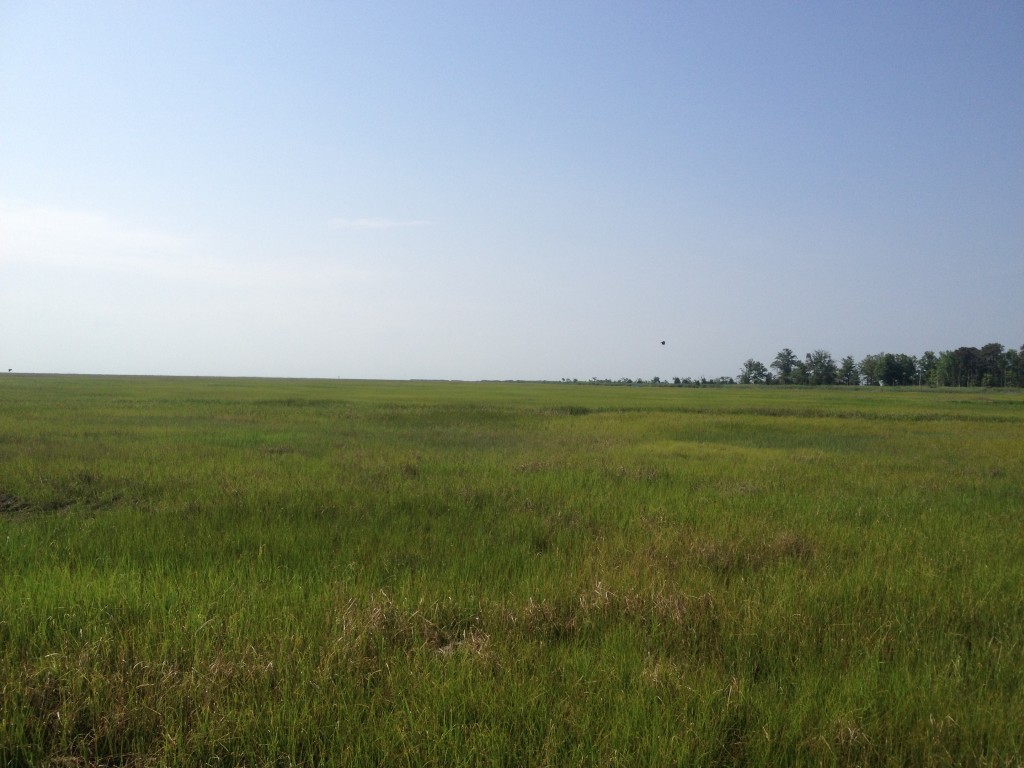
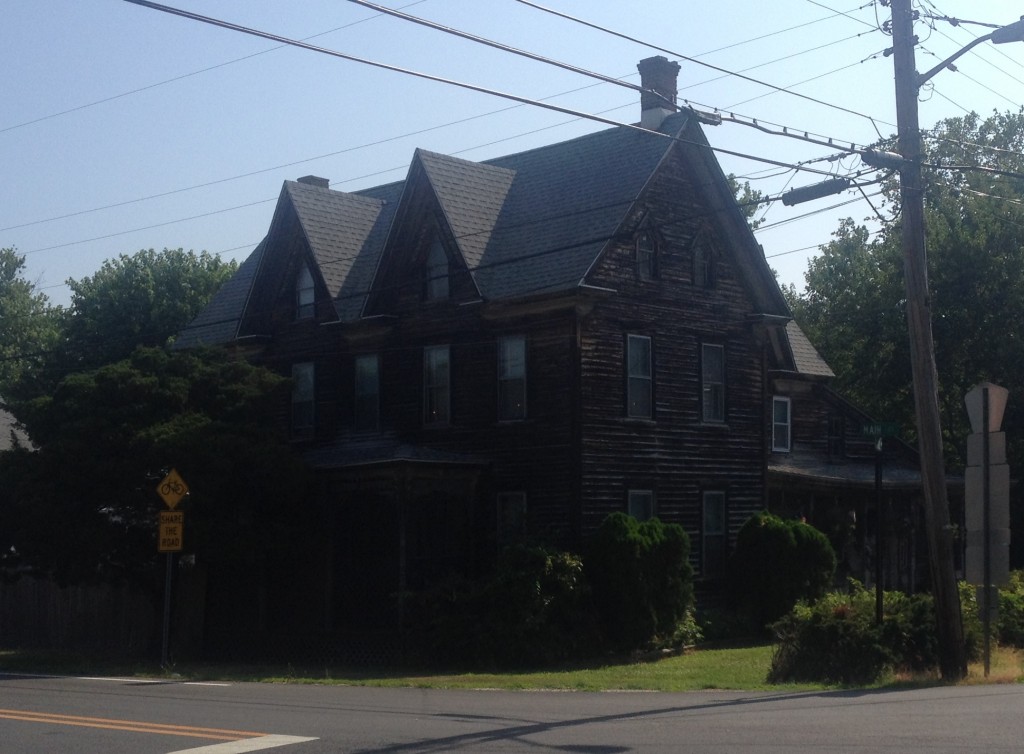
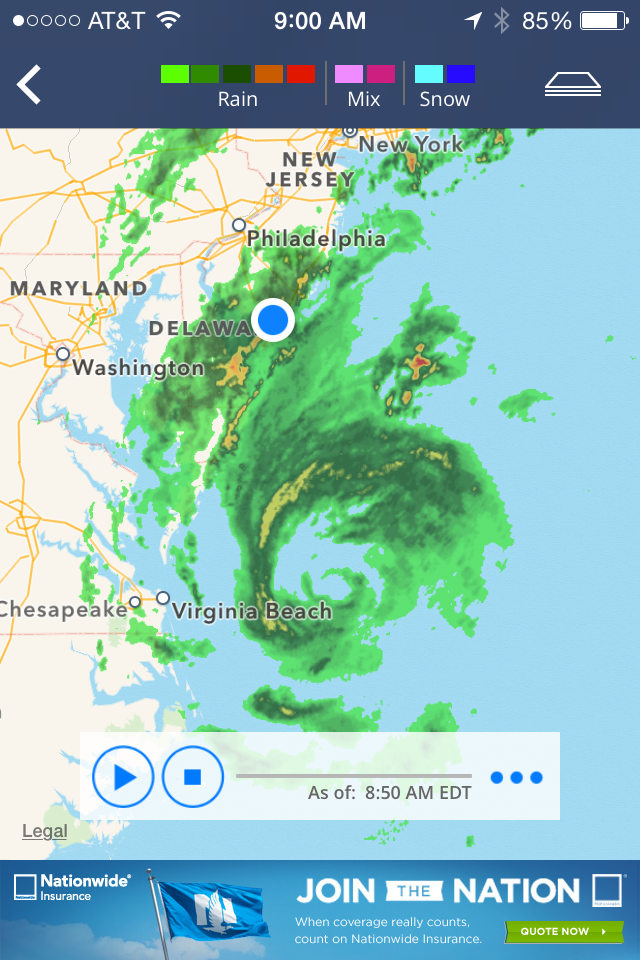

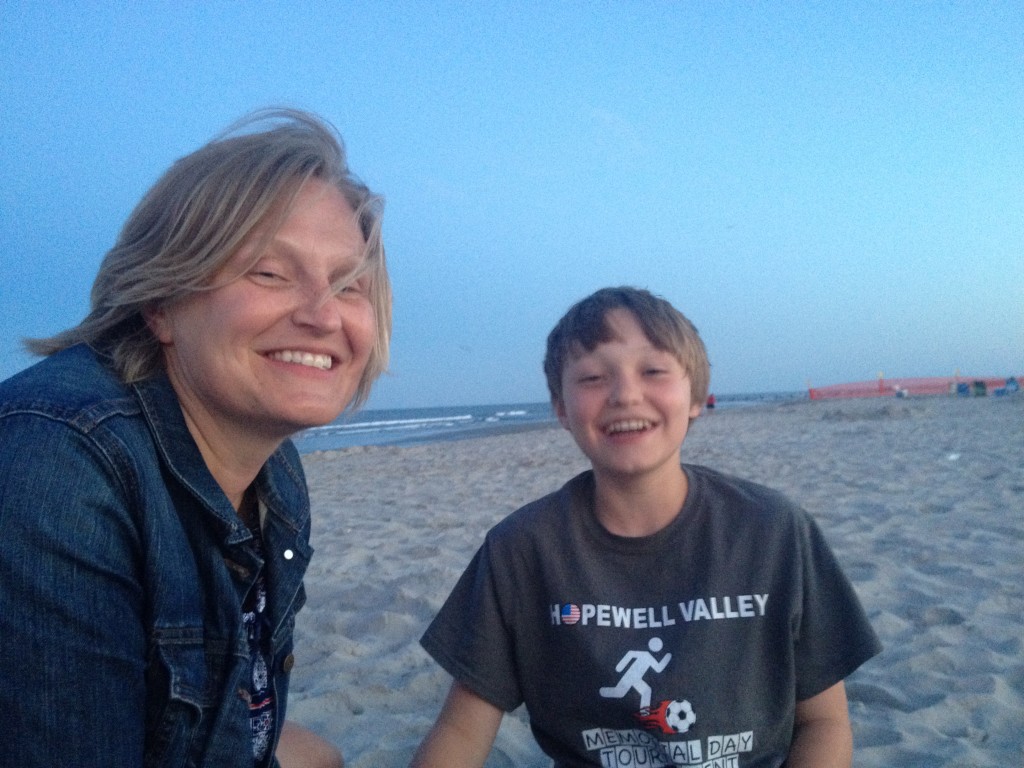
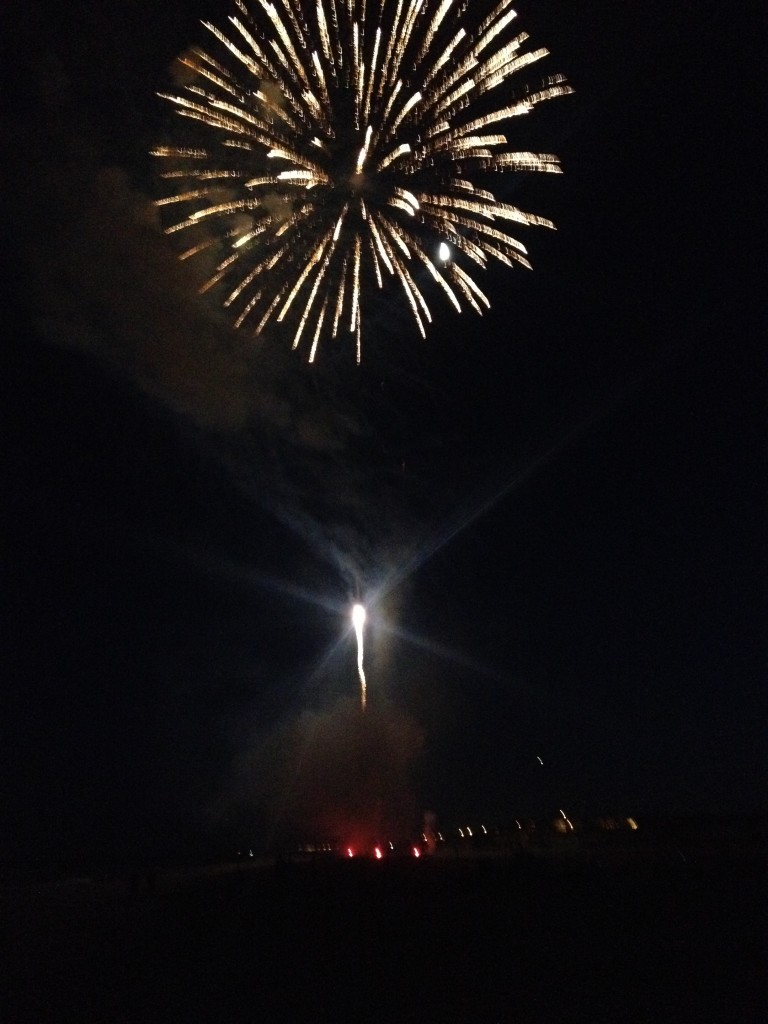

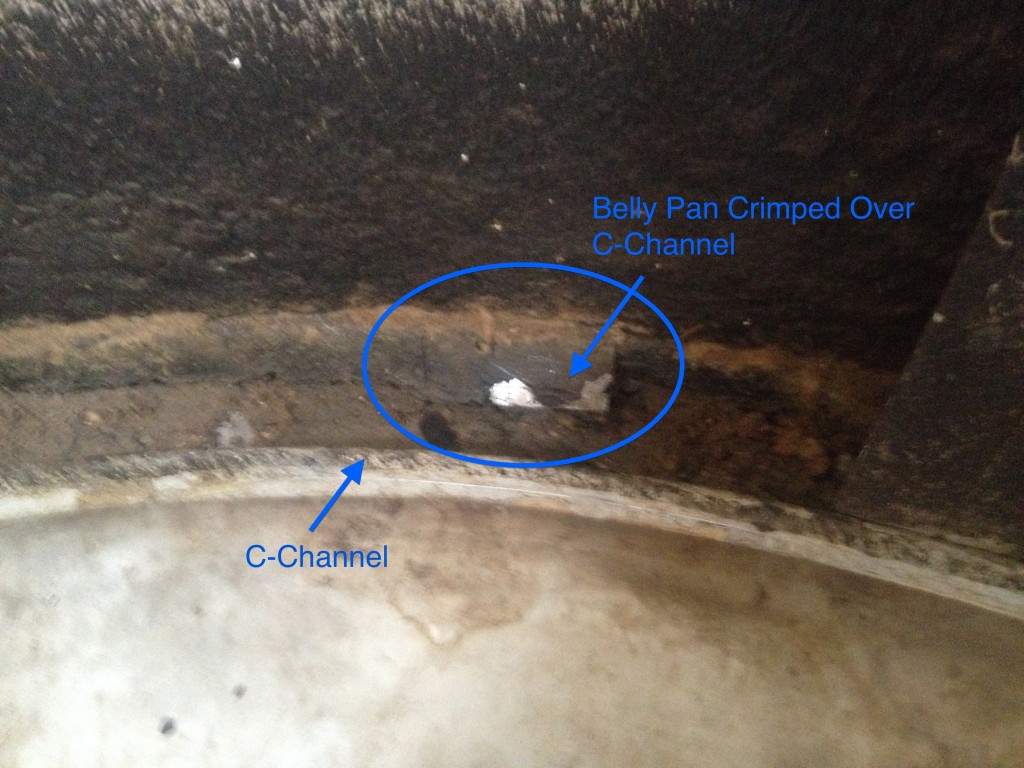




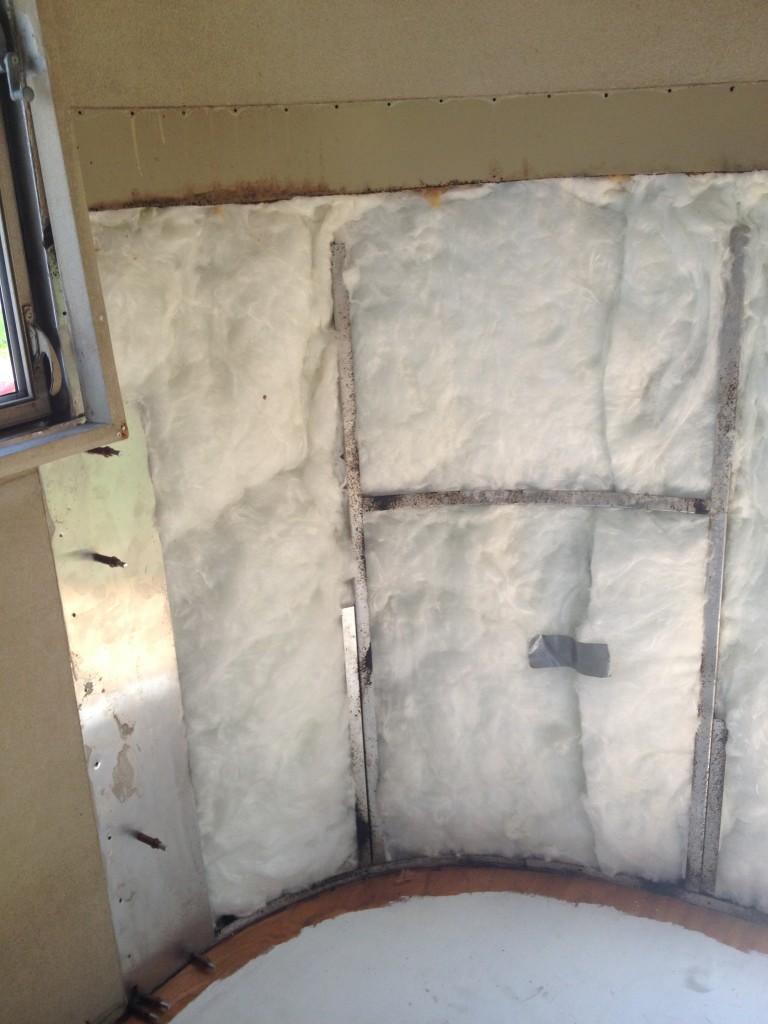

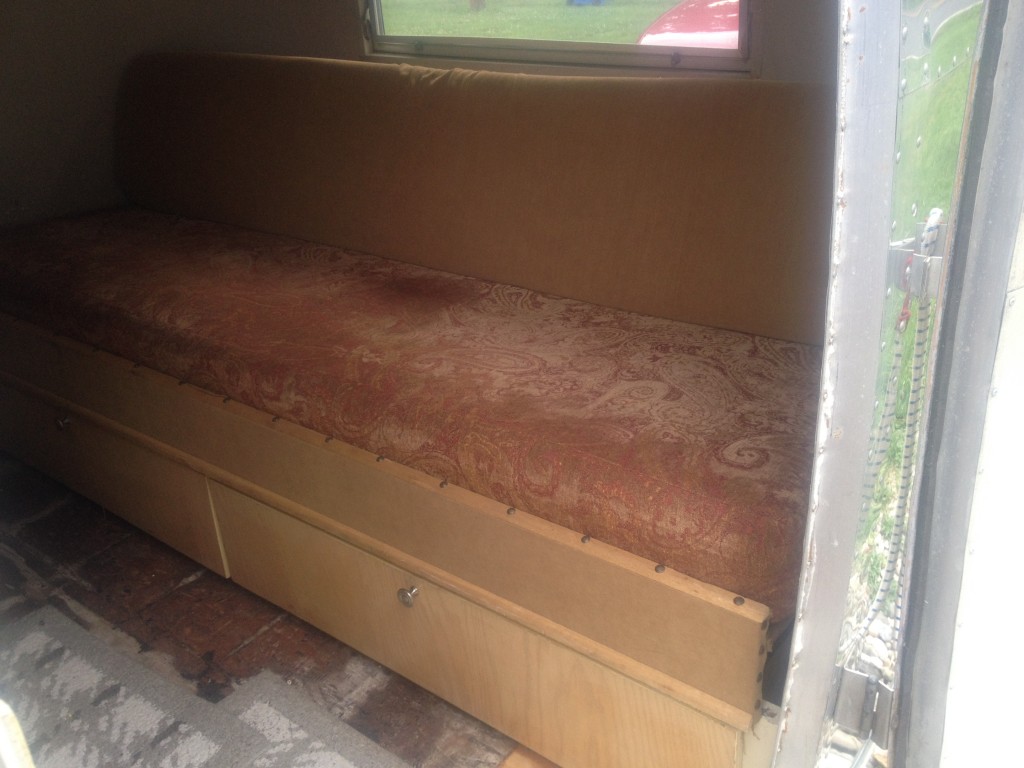

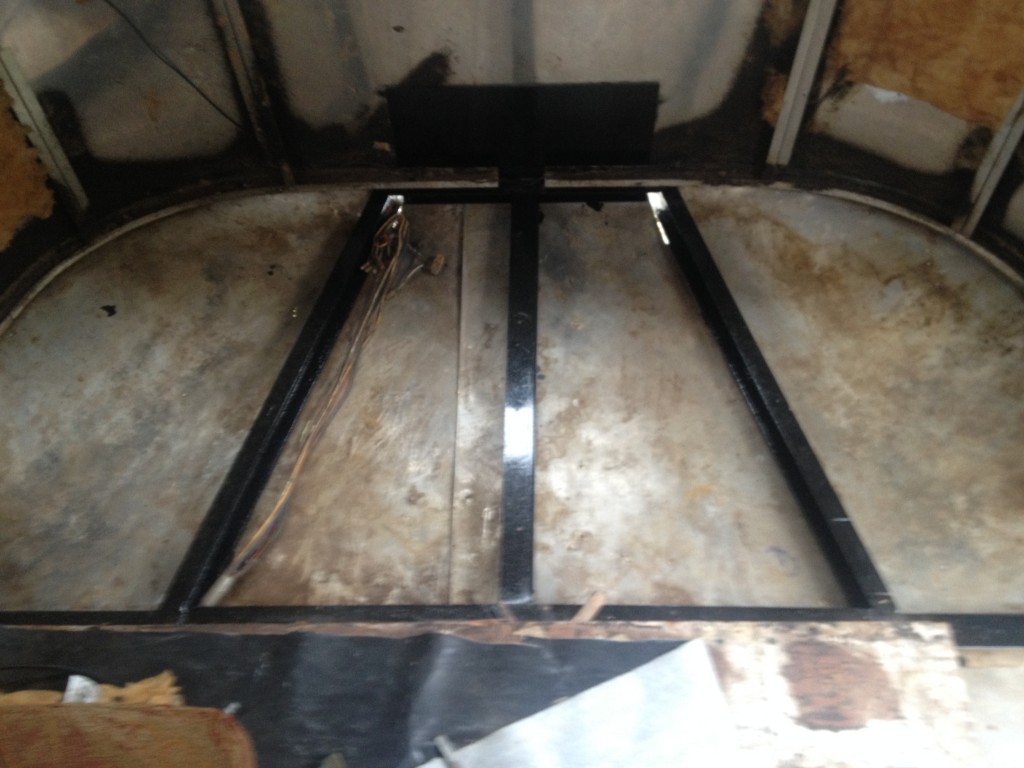
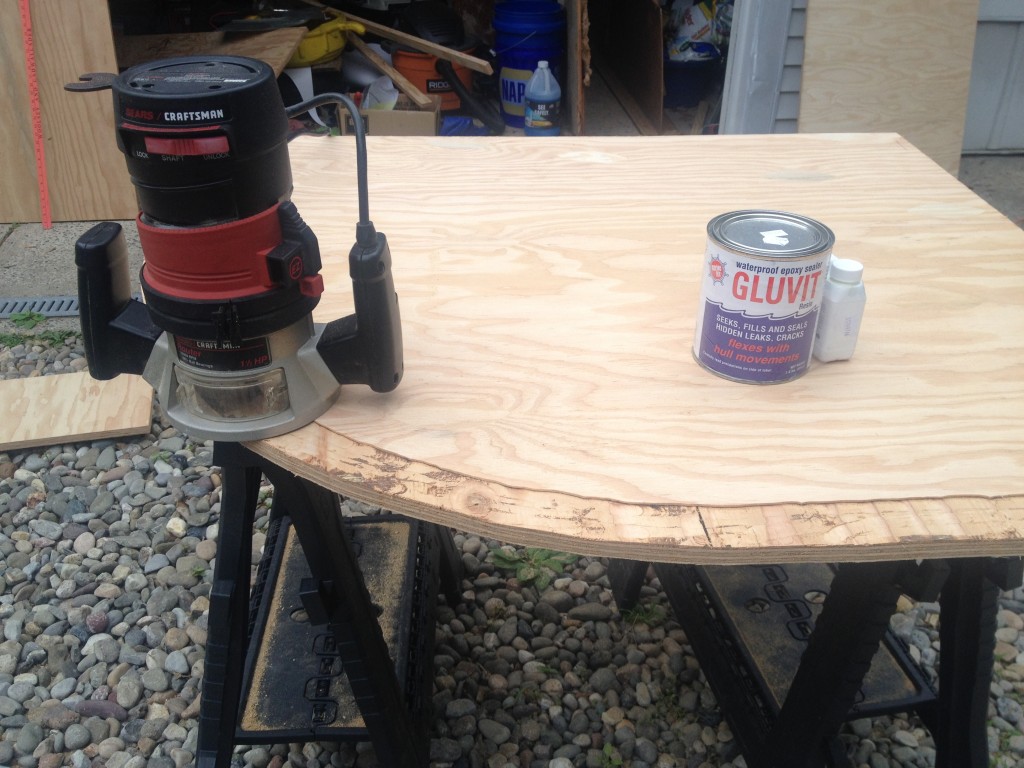
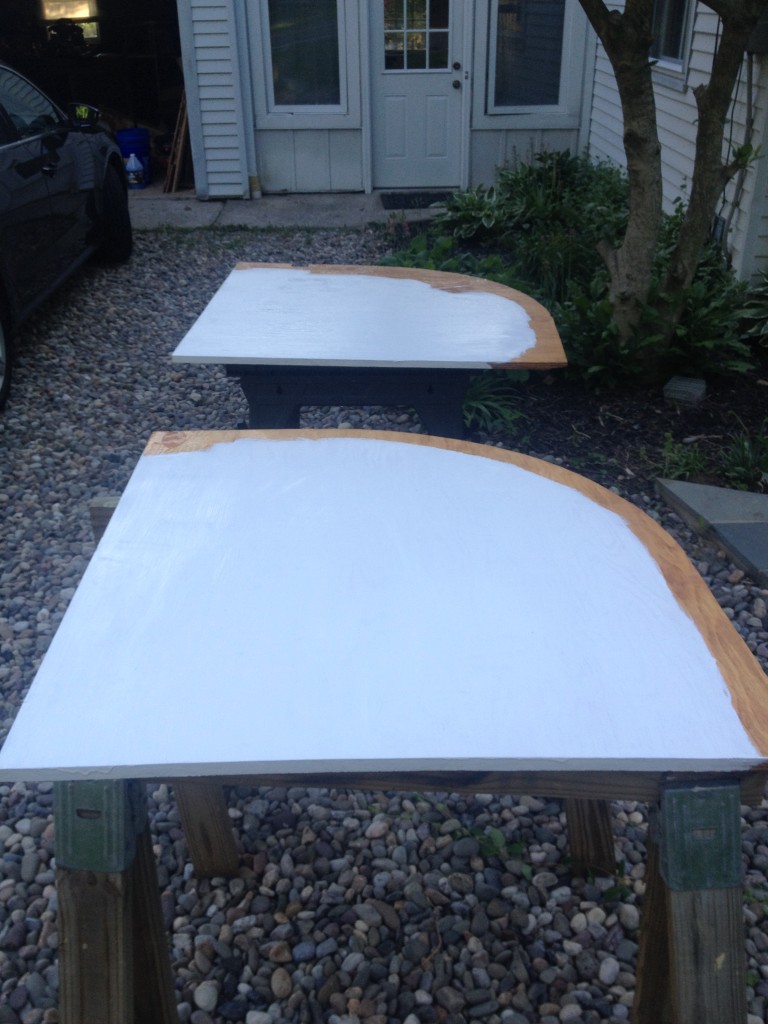

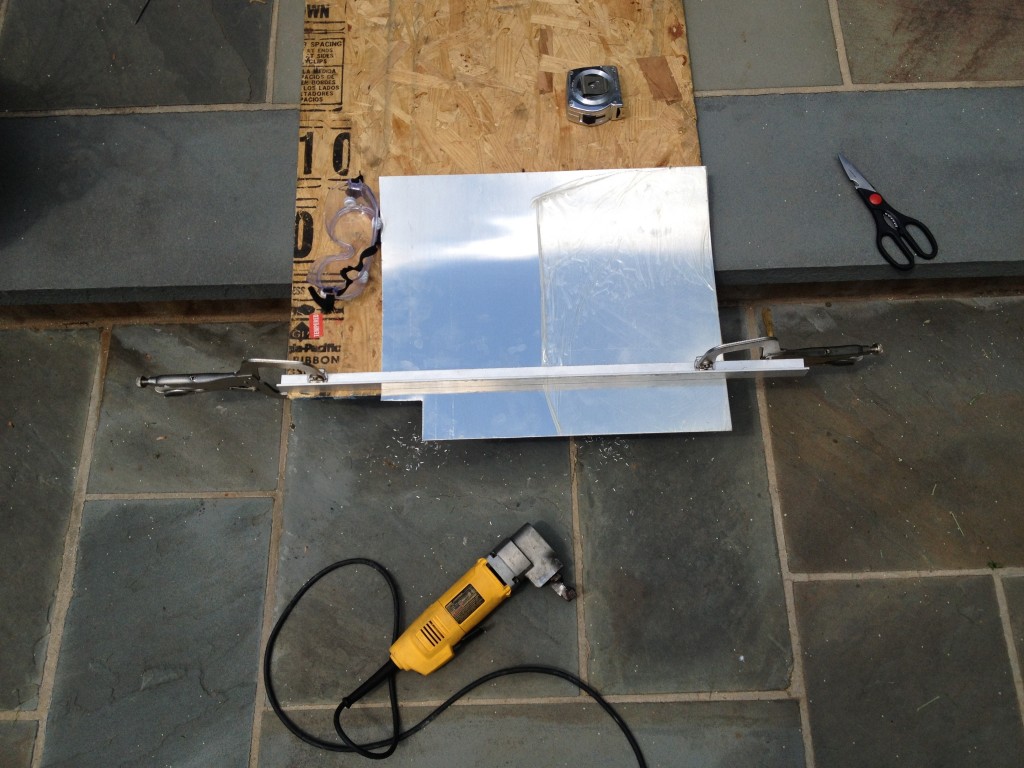
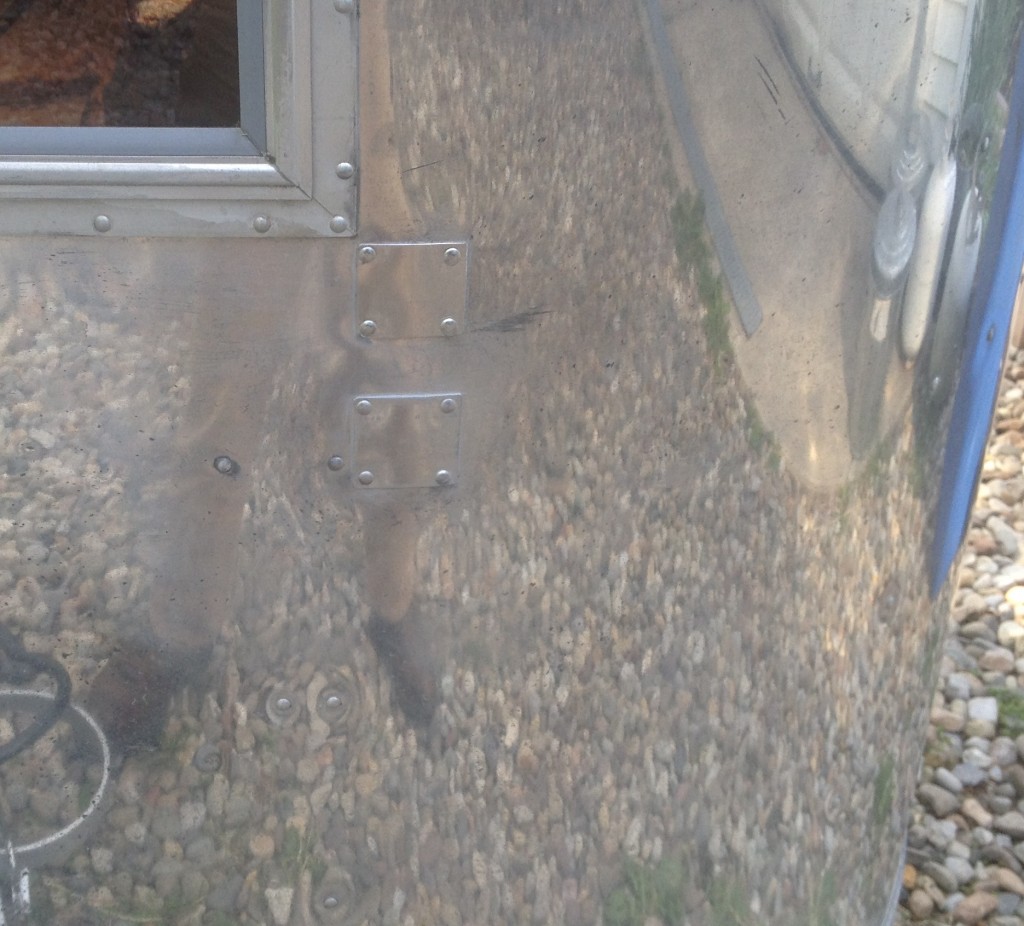
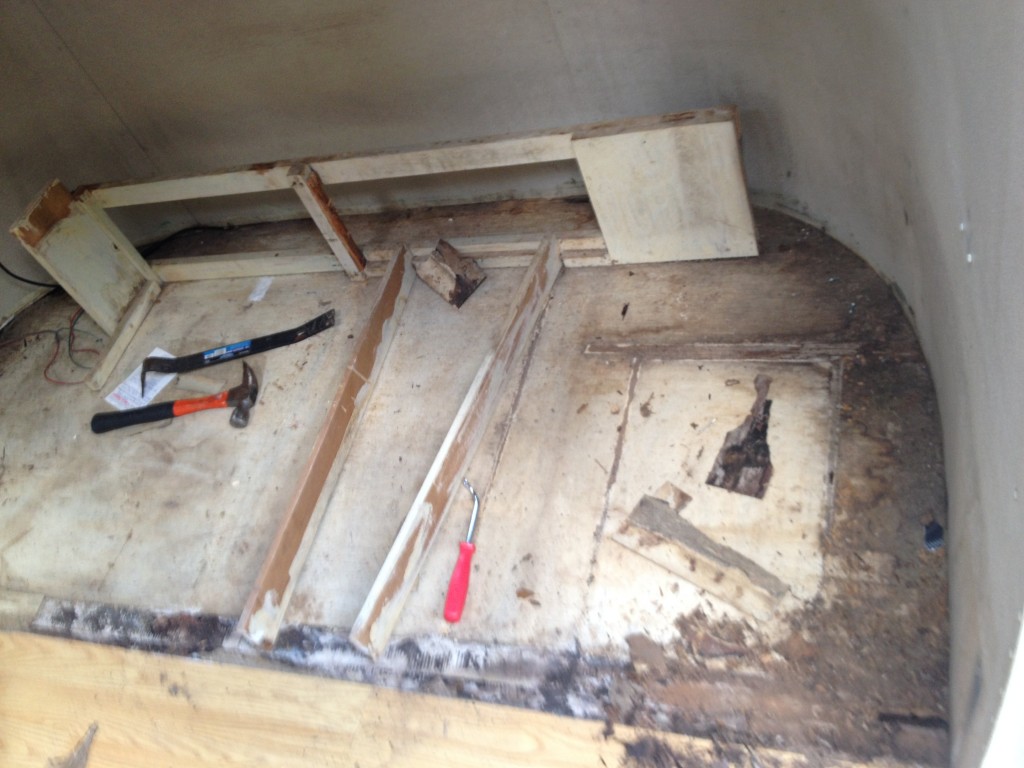

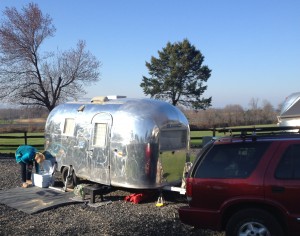 colorful rolling hills and mountains in the background. The campsite is conveniently located off of I-78, but the drawback is that you can see and hear all of the highway traffic. On that particular weekend we spent time watching cars sit at an idle on the road waiting for roadwork to be completed. We were glad we were not in that traffic snarl.
colorful rolling hills and mountains in the background. The campsite is conveniently located off of I-78, but the drawback is that you can see and hear all of the highway traffic. On that particular weekend we spent time watching cars sit at an idle on the road waiting for roadwork to be completed. We were glad we were not in that traffic snarl.